Top Things to Know Before Buying Large Artificial Plants for Outdoors
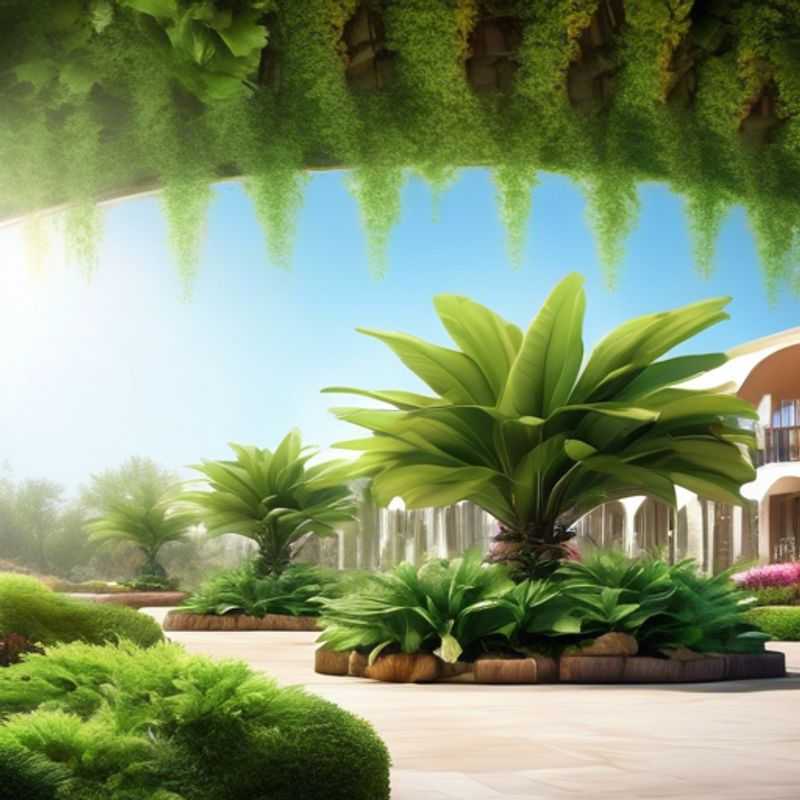
Top Things to Know Before Buying Large Artificial Plants for Outdoor Use: A Guide for Informed Decisions
Investing in large artificial plants for your outdoor space can add a touch of lush greenery and enhance the overall aesthetic appeal.
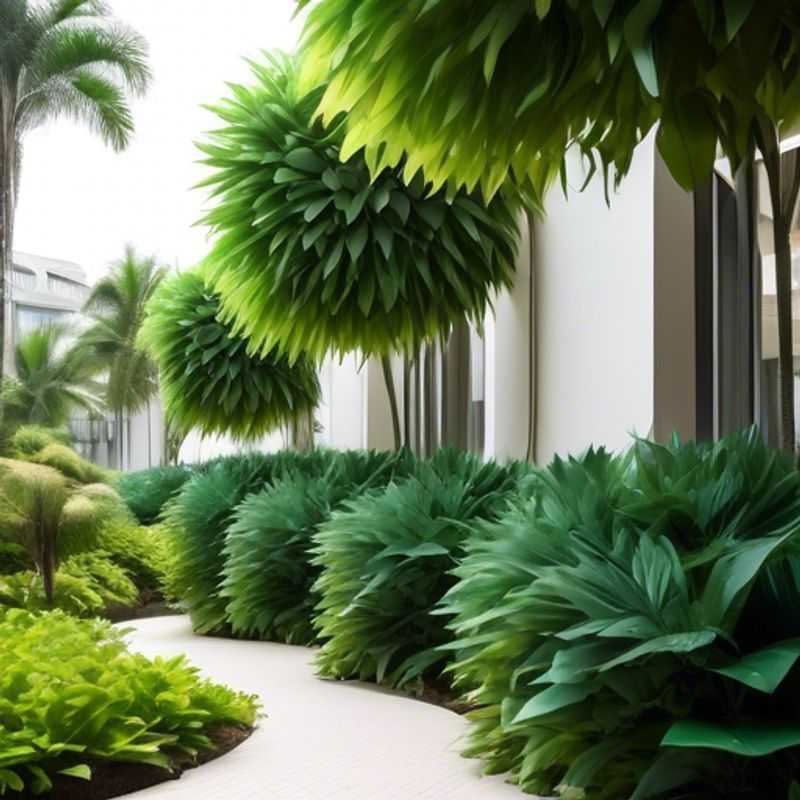
Measure Twice, Plant Once: Getting the Right Fit for Your Green Friend
Before bringing home a new plant, take a moment to measure the space where it will live. This simple step ensures a happy and healthy plant. Measure the width, depth, and height of the area, considering any obstructions like furniture or windows. Think about the plant's mature size, not just its current size. Remember, plants grow, so choose a spot that allows for future expansion. It's a good idea to research the plant's mature size and growth habits to ensure it fits comfortably in the designated space.
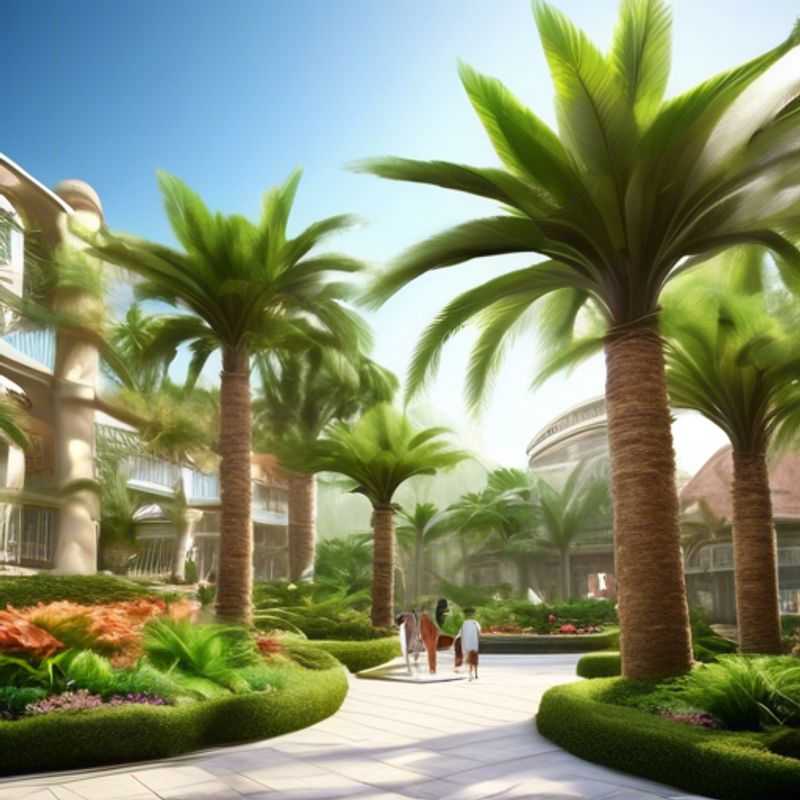
Climate and Weather: Designing for Your Local Conditions
When planning your outdoor activities, it's crucial to factor in the local climate and weather conditions. These factors can significantly impact your experience and safety.
Understanding the typical climate of your area is essential. This includes average temperatures, humidity levels, and precipitation patterns throughout the year. This information will help you choose the appropriate clothing and gear for your activities.
Checking the specific weather forecast before heading out is equally important. Pay attention to temperature highs and lows, wind speed and direction, and chances of precipitation. These details can help you adjust your plans and ensure a more enjoyable experience.
Consider the impact of extreme weather conditions. During hot and humid days, staying hydrated and taking breaks in shaded areas is crucial. During cold and windy days, dressing in layers and protecting exposed skin is essential.
Be prepared for unexpected weather changes. Pack a waterproof jacket and appropriate clothing for all types of weather. It's always better to be overprepared than underprepared.
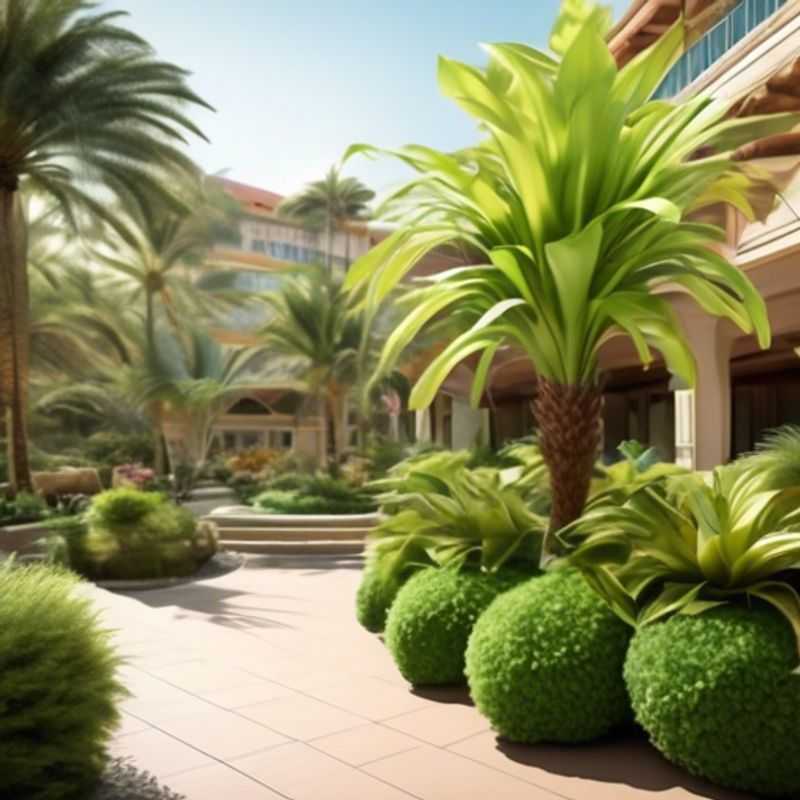
Built to Last: Choosing Weather-Resistant Plants for Your Garden
Choosing durable, weather-resistant plants is a key factor in creating a beautiful and sustainable landscape. This means selecting plants that can withstand harsh conditions like heavy rain, scorching sun, and strong winds. When choosing plants, look for those with sturdy stems, strong root systems, and leaves that are thick and leathery.
Consider these important tips:
Native plants: These are adapted to local conditions and often have a natural resilience to the area's climate. They also require less maintenance, saving you time and money in the long run.
Drought-tolerant varieties: For sunny areas, select plants that thrive in dry conditions and need minimal watering. These can save on water bills and reduce your environmental impact.
Disease and pest resistance: Opt for plants that are known to be resistant to common diseases and pests in your region. This reduces the need for chemical treatments and promotes a healthier garden.
Remember, choosing the right plants is just one step in building a beautiful and low-maintenance landscape. Proper planting, watering, and fertilization practices also play a crucial role in maintaining the health and longevity of your plants.
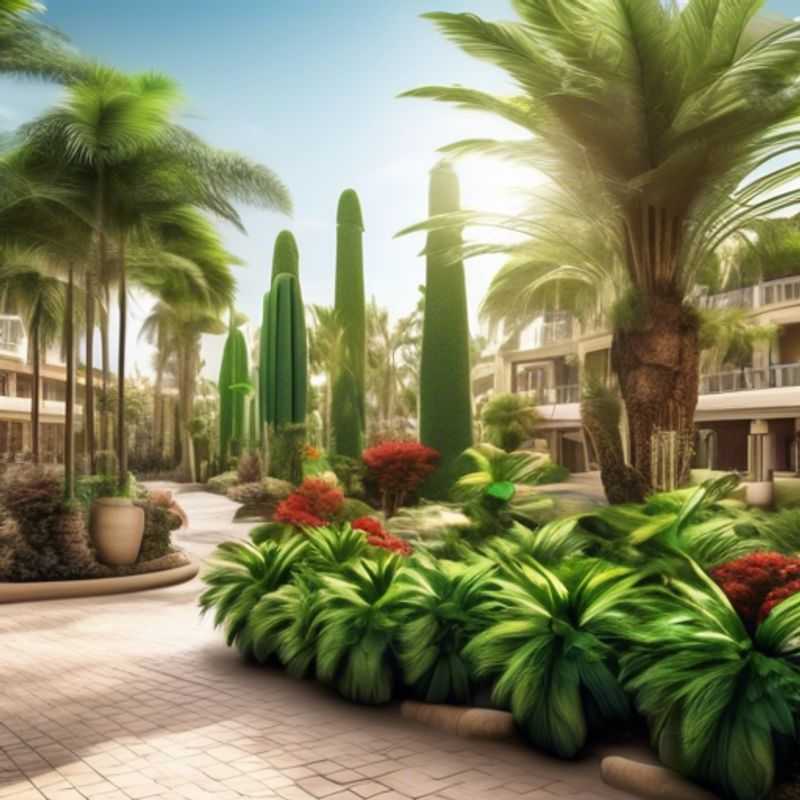
Pre-Purchase Inspection: A Guide to Spotting Plant Problems
When purchasing a plant, it's crucial to inspect it closely for any signs of damage or flaws. This thorough examination ensures a healthy and thriving addition to your home or garden. A comprehensive inspection involves looking for:
Signs of Pests: Carefully examine the leaves, stems, and roots for any signs of insects, mites, or other pests. Look for holes, webbing, discoloration, or any unusual markings.
Disease Symptoms: Inspect the plant for any signs of disease, such as wilting leaves, yellowing, spots, or mold.
Physical Damage: Look for any broken branches, stems, or leaves. Examine the roots for any signs of root rot or damage.
Overall Health: Observe the plant's overall appearance. A healthy plant should have a vibrant green color, strong stems, and healthy foliage.
Potting Mix: Check the potting mix for signs of compaction or drainage issues. It should be loose and airy, allowing for proper water flow.
By taking the time to meticulously inspect your plant, you can ensure that you're purchasing a healthy specimen with the potential for long-term success. This diligence pays off in the form of a thriving plant that brings joy and beauty to your surroundings.
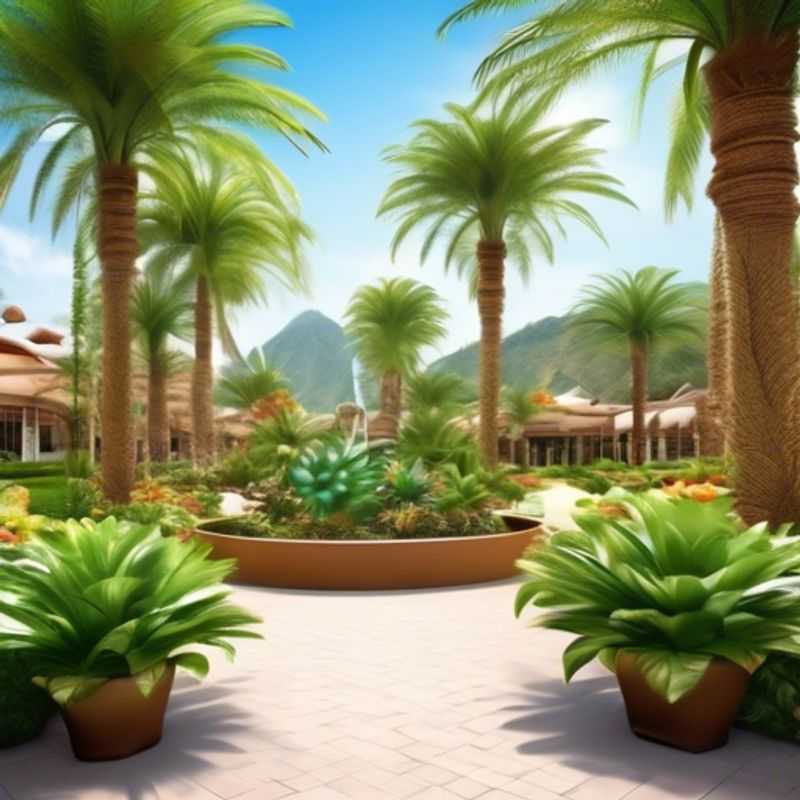
Keep Your Plants Thriving: A Guide to Essential Maintenance
Maintaining a thriving plant starts with understanding its specific needs. Every plant has unique requirements regarding light, water, and nutrients. The first step is to identify your plant's species. This allows you to tailor your care routine.
Light is essential for photosynthesis. Ensure your plant receives the right amount of sunlight, whether it's full sun, partial shade, or indoor light.
Watering frequency depends on the plant's needs and the surrounding environment. Overwatering can be as harmful as underwatering. Learn to identify signs of thirst and adjust your watering schedule accordingly.
Fertilizing provides essential nutrients for healthy growth. Use a balanced fertilizer specifically designed for your plant type. Follow the product instructions for application frequency and dosage.
Pruning helps maintain the plant's shape and encourages bushier growth. Remove dead or diseased leaves and stems.
Repotting is necessary as the plant grows and outgrows its container. Repotting allows for fresh soil and adequate space for healthy root development.
Pest control is crucial to prevent infestations that can damage your plant. Regularly inspect for pests and use appropriate measures to eliminate them.
Disease prevention is achieved through proper care practices, such as maintaining good air circulation, avoiding overwatering, and using sterile potting mix.
Regular monitoring is essential for identifying any signs of stress or problems early on. Observe your plant for changes in its leaves, stems, or growth patterns.
Researching your plant's specific needs and implementing these maintenance practices will ensure its continued beauty and health.
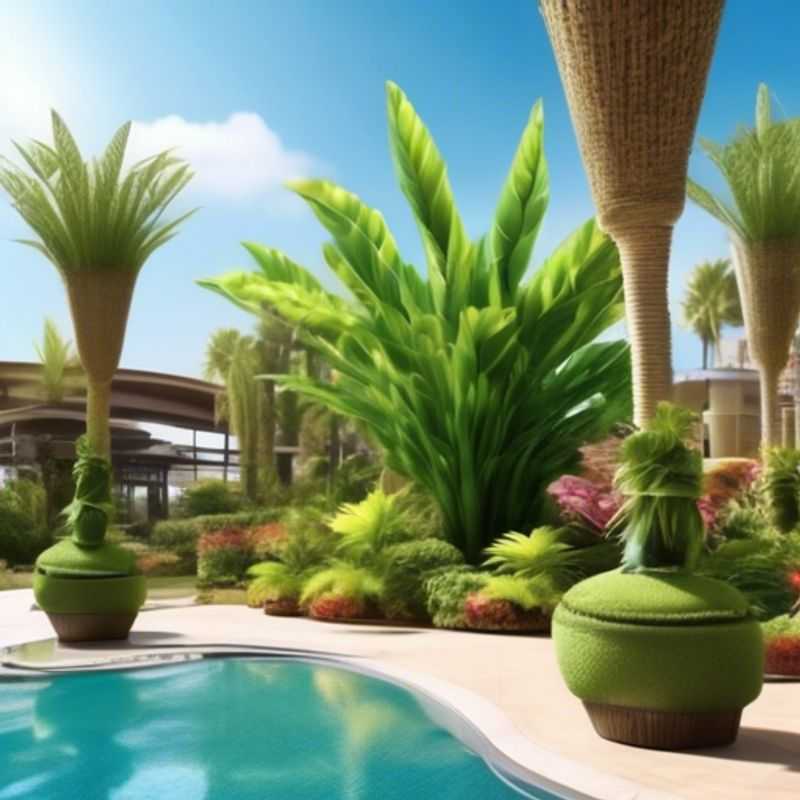
Weighing the Options: Understanding Plant Weight for Successful Installation
Before installing your new plant, it's crucial to consider its weight and plan accordingly. A large plant can significantly impact the structure you're installing it on.
Here are some key points to keep in mind:
First, consider the size and weight of your plant. Large plants can be heavy, especially when they are fully grown. You'll need to factor in the weight of the soil, pot, and any decorative elements.
Second, assess the structural integrity of the location where you plan to install the plant. Can the floor, shelf, or balcony handle the additional weight? If you're unsure, it's best to consult with a structural engineer.
Finally, if you're placing your plant on an elevated surface, think about how you'll move it if needed. Larger plants can be difficult to move, so choose a location where you can easily access it for care or maintenance.
Remember, a little planning goes a long way!
By understanding the weight of your plant and carefully planning its installation, you'll ensure a beautiful and safe addition to your space.

Don't Get Potted: Checking Warranties and Return Policies Before You Buy
Before you buy a plant, it's crucial to know the warranty and return policy of the seller, especially if you're buying online. This protects you if the plant arrives damaged or doesn't meet your expectations.
Many online retailers offer guarantees on the health of the plant upon arrival. If the plant arrives dead or damaged, they'll often offer a replacement or a full refund. It's vital to check the specific terms of their policy.
Some sellers may have a return window, allowing you to return the plant if it's not suitable. This could be due to the size, color, or health of the plant. However, there might be fees associated with returning the plant, so it's essential to read the policy carefully.
Always take photos and videos of the plant upon arrival, especially if you plan to claim a refund. This will serve as documentation and proof of the plant's condition.
Contact the seller directly if you have any concerns or if the plant doesn't meet your expectations. Keep your order number and any relevant documentation handy for a smoother process.
